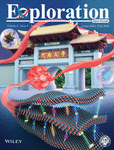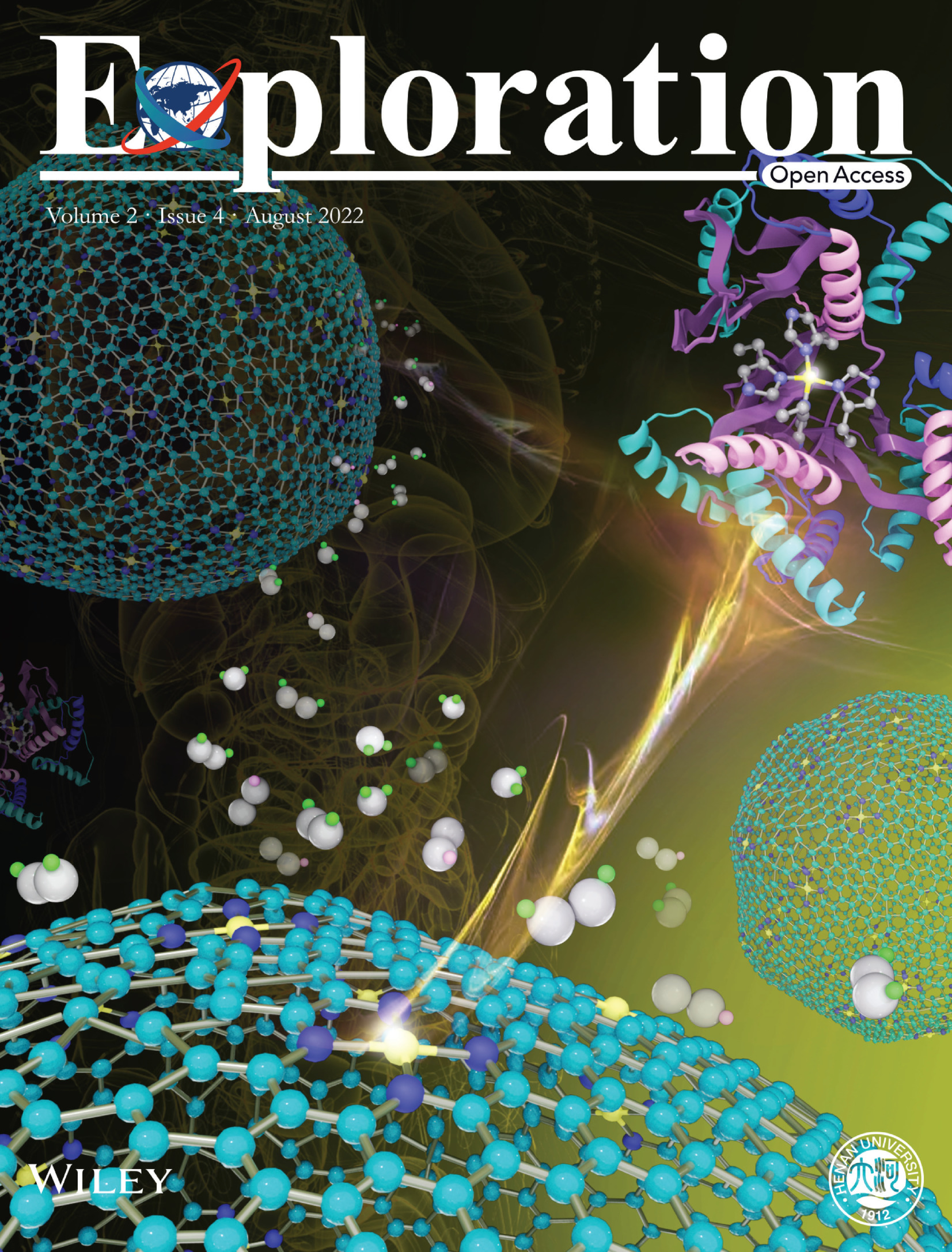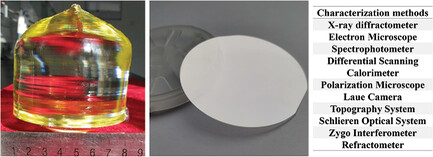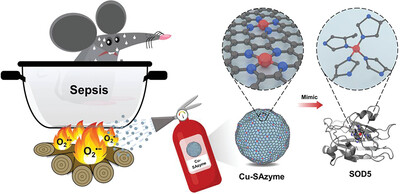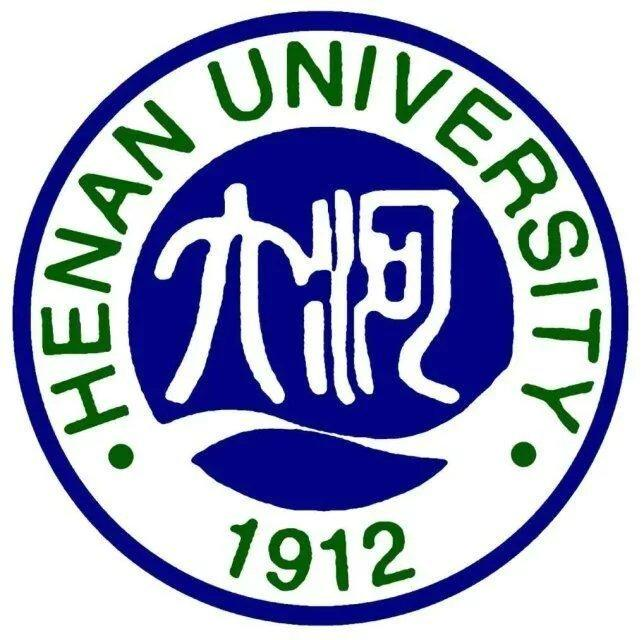Journal list menu
Export Citations
Download PDFs
FRONT COVER
Front Cover: MXene based nanocomposite films (EXP2 4/2022)
- First Published: 31 August 2022
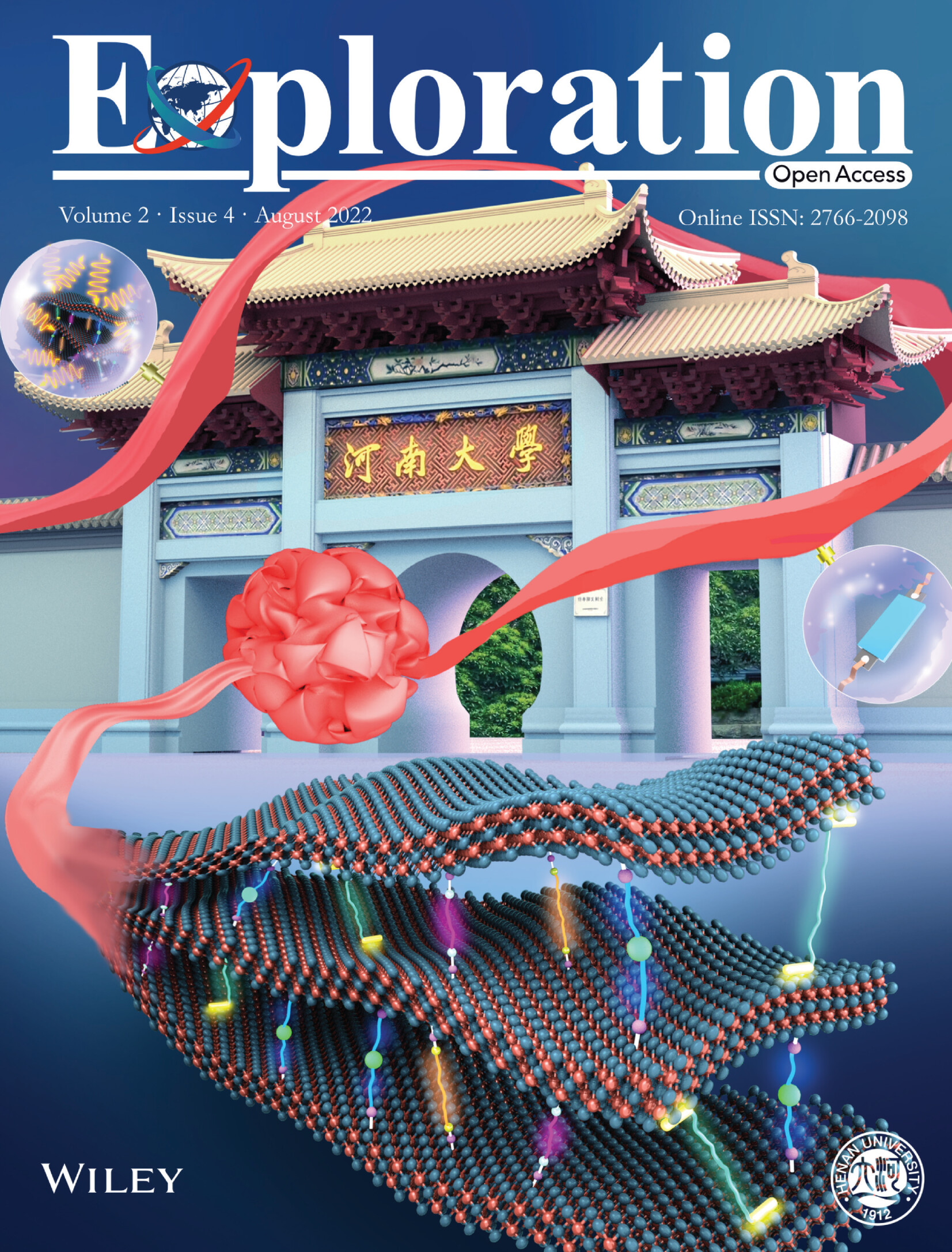
Henan University was established as “the Preparatory School for Further Study in Europe and America” in 1912. Almost 100 years later, a new two-dimensional (2D) material, MXene, was first reported in 2011. The cover represents the promising and quickly development of new 2D MXene material for applications in electromagnetic interference shielding, thermal conductivity, supercapacitors, etc.
BACK COVER
Back Cover: Brain co-delivery of first-line chemotherapy drug and epigenetic bromodomain inhibitor for multidimensional enhanced synergistic glioblastoma therapy (EXP2 4/2022)
- First Published: 31 August 2022

Yan Zou and co-workers present a temozolomide and epigenetic bromodomain inhibitor co-encapsulated biomimetic nanomedicine platform that achieves prolonged blood circulation time, excellent blood brain barrier (BBB) permeability, and multidimensional enhanced glioblastoma (GBM) synergistic chemoimmunotherapy in both primary and recurrent orthotopic mice models with significant extended survival rate and little side effects.
FRONTISPIECE
Frontispiece: Bioinspired copper single-atom nanozyme as a superoxide dismutase-like antioxidant for sepsis treatment (EXP2 4/2022)
- First Published: 31 August 2022
ISSUE INFORMATION
EDITORIAL
A Special Issue Dedicated to the 110th Anniversary of Henan University
- First Published: 31 August 2022
REVIEWS
MXene based nanocomposite films
- First Published: 18 July 2022
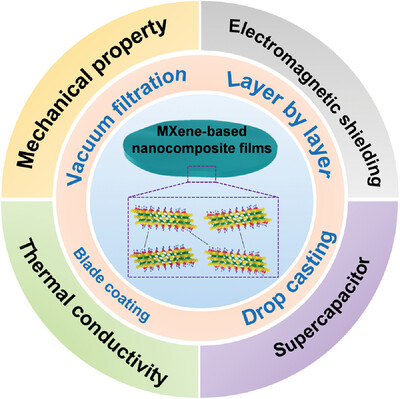
This review summarized the fabrication method of MXene-based nanocomposite films and discussed the mechanical properties and the application of electromagnetic shielding, thermal conductivity, and supercapacitors. Finally, based on the summary of previous works, we prospected the challenges and prospects of MXene-based nanocomposite films in the future of scientific research.
Biofibrous nanomaterials for extracting strategic metal ions from water
- First Published: 11 July 2022
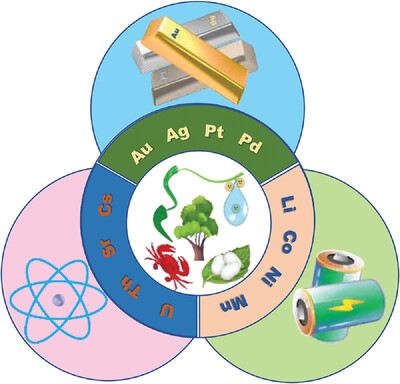
Extracting strategic metals from water has attracted much attention in the last decade due to their indispensable role and growing demand in the related industries. This review summarizes the research progress in the adsorption of typical strategic metal ions such as Au3+, U(VI), and Li+ using materials based on biofibrous nanomaterials. The current challenges and future perspectives have been also proposed.
Omni-functional crystal: Advanced methods to characterize the composition and homogeneity of lithium niobate melts and crystals
- First Published: 16 August 2022
Challenges and advances of organic electrode materials for sustainable secondary batteries
- First Published: 27 July 2022
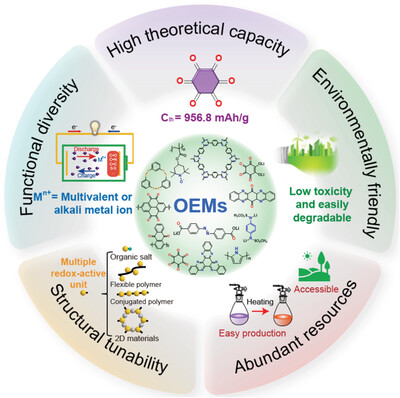
Organic electrode materials with merits of bountiful resources, structural designability, and sustainability offer an attractive solution to develop the degradable and eco-friendly batteries. This review is focusing on the issues and complex redox mechanism faced by organic electrode materials from microscale to macroscale level, in combination with the state-of-art strategies and in-depth outlook, promoting sustainable development and non-hazardous disposal of future organic batteries.
RESEARCH ARTICLES
Bioinspired copper single-atom nanozyme as a superoxide dismutase-like antioxidant for sepsis treatment
- First Published: 13 July 2022
Indocyanine green potentiated paclitaxel nanoprodrugs for imaging and chemotherapy
- First Published: 04 June 2022

Clinically approved indocyanine green (ICG) is utilized to develop simple prodrug nanoformulations. The ICG-driven assembly strategy endows paclitaxel prodrugs improved assembled behavior and enhanced colloidal stability, and the developed nanoparticles possess tumor-specific imaging and chemotherapy with in vivo therapeutic feedback.
Coupling solar-driven interfacial evaporation with forward osmosis for continuous water treatment
- First Published: 22 June 2022
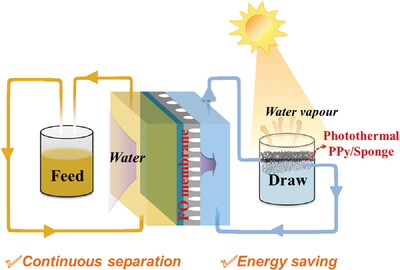
A forward osmosis and photothermal evaporation coupling system (FO-PE) based on high-performance polyamide FO membrane and photothermal polypyrrole nano-Sponge (PPy/Sponge) is developed for continuous FO separation with a steady water flux. The FO-PE coupling system utilizing clean and renewable solar energy to achieve efficient water treatment is significantly meaningful for practical applications.
Cryopolymerization-enabled self-wrinkled polyaniline-based hydrogels for highly stretchable all-in-one supercapacitors
- First Published: 04 July 2022
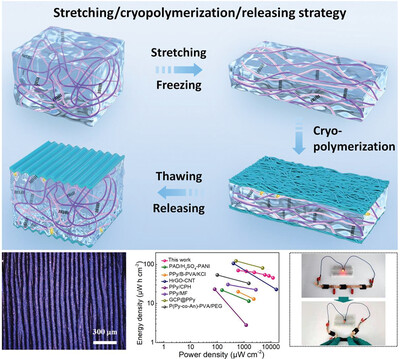
It is challenging to develop new preparation methods of conductive polymer-based composite hydrogels for constructing all-in-one supercapacitors (A-SCs) with excellent deformation-tolerant performance. Self-wrinkled polyaniline-based composite hydrogels (SPCHs) with large stretchability and excellent fatigue resistance are fabricated by a stretching/cryopolymerization/releasing strategy. The as-obtained SPCH can work as an intrinsically stretchable A-SC maintaining high energy density and stable electrochemical properties under deformations.
Brain co-delivery of first-line chemotherapy drug and epigenetic bromodomain inhibitor for multidimensional enhanced synergistic glioblastoma therapy
- First Published: 19 April 2022
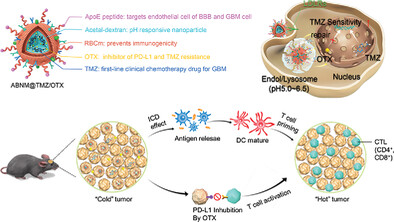
We developed temozolomide and epigenetic bromodomain inhibitor co-encapsulated biomimetic nanomedicine (ABNM@TMZ/OTX) achieved multidimensional enhanced glioblastoma synergistic chemoimmunotherapy in both primary and recurrent orthotopic mice models with significant extended survival rate and little side effects.
Aminophosphate precursors for the synthesis of near-unity emitting InP quantum dots and their application in liver cancer diagnosis
- First Published: 15 July 2022
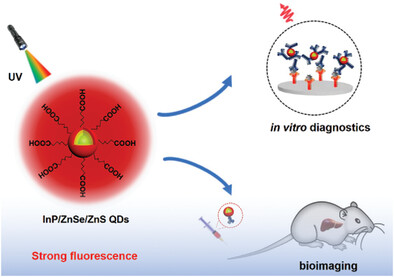
Environment-friendly InP core/shell quantum dots (QDs) with quantum yield of ∼100% are prepared by aminophosphate precursors. The limit of detection of alpha-fetoprotein for in vitro diagnostics, specific labeling of liver cancer cells, and in vivo tumor-targeted imaging of live mice are comparable to that of the state-of-the-art Cd-QDs-based probes.




